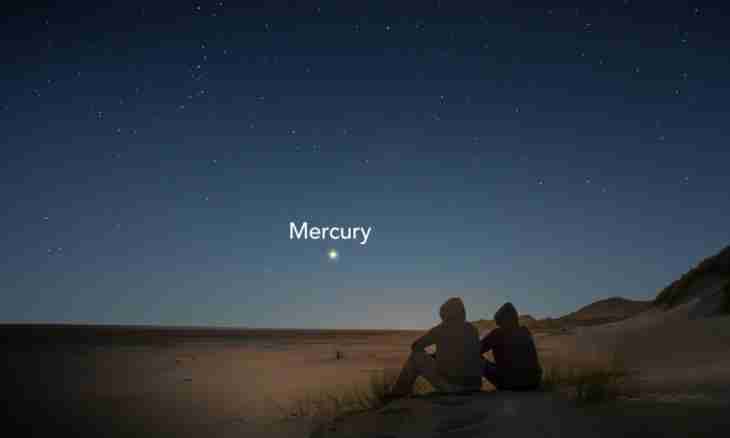Having thought of acquisition of the telescope, it is necessary to have a clear view of the fact that it is necessary for you. Telescopes happen different systems. Also they are intended for different celestial bodies. There are, of course, also almost universal devices allowing the fan of the star sky to make out on it a large number of objects. Such devices cost expensive therefore let's talk about celestial bodies and about what telescopes they can be observed.
Instruction
1. The sun is the very first object at which the fan of astronomy directs "sight" of the new telescope. Remember that it is possible to observe the sun in any telescope, but equipped with the special protective filter. It is easy to buy such filters. With such solar filter you can notice on a star surface solar spots (darkenings on a disk of the Sun), torches near visible edges of a solar disk. Prominences are observed by means of special telescopes.
2. Moon. The most interesting object for studying the beginning astronomers. You can watch a surface of a night star with any telescope. Survey observations can be made by the telescope with increase 30-50 krat, and in detail it is possible to study a surface on reaching already 100-150 krat. On the Moon it turns out to make out craters, the seas with oceans and also other interesting formations.
3. Planets. From them among astronomers the next are considered as the most popular and the greatest. It is Mars, Venus, Saturn and Jupiter. Venus mostly is entangled by dense atmospheric clouds. In the telescope it can be observed in the form of a sickle or the incomplete disk similar to the reduced Moon. In detail it is possible to study the surface of Mars in the telescope with increase 150 krat and more. But even telescopes with smaller apertures open rather interesting pictures of a surface of the planet. Floodlight is the major planet and from it very interesting. Even the small telescope is enough for this purpose to make out on the surface of this planet of a strip and even the big red spot is possible. And Galilean satellites of Jupiter are visible even in the field-glass. Saturn is widely known for the asteroid rings which it is possible to admire practically in any amateur telescope. Near Saturn it is possible to notice Titanium – the largest satellite of this planet.
4. Mercury, the Neptune, it is difficult to make out Uranium and planets dwarfs in the telescope. They are more similar to usual stars, and with interest it is possible to look at them unless in the huge telescope some observatory.
5. Stars (except the Sun) cannot be made out in detail even in the most powerful telescope. Here only star couples and star clusters are of interest.

